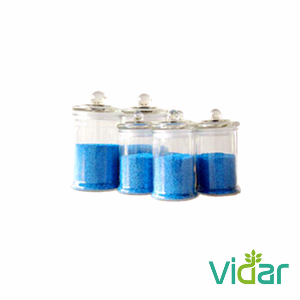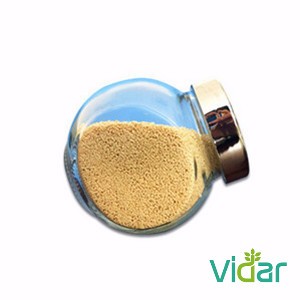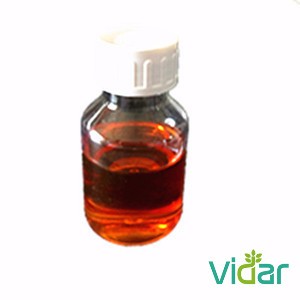

The quantity of active ingredients in pesticides used in Nepal has been increasing for the last few fiscal years, according to a report by Plant Protection Directorate (PPD).
The quantity of active ingredients used in farmlands in the country was 410 ton in the Fiscal Year 2012/13, which increased to 454 ton in 2013/14. The quantity surged to 550 ton in 2014/15, which further jumped to 574 ton in 2015/16.
A certain volume of pesticide is prepared by mixing water and the pest killing chemicals. Active ingredient is the total amount of the pest killing chemicals in the pesticide. A high level of these ingredients in pesticides is harmful for human health, crops, livestock, and the entire environment.
Farmers Republica talked to said that pests become immune to the pesticides used in their crops, which compels them to use stronger pesticides in higher quantities.
"We have to use pesticides time and again to keep pests away from our crops. It seems they have gained strength against the pesticide," said Arjun Parajuli, a tomato farmer of Mandan Deupur Municipality in Kavre.
Officials of PPD conceded the fact that the use of pesticides by Nepali farmers has seen an increase in recent years. According to PPD, fear of pests and insects damaging the crops has been the main factor prompting farmers to use high amount of pesticides.
"Pests are often problems for crops, and they sometimes cause a huge damage to farmers. Farmers in Nepal use high amount of pesticides in the fear of getting their crops damaged," Bed Prasad Chaulagain, pesticide registrar at PPD, told Republica.
"The use of high quality pesticides has been increasing globally, not only in Nepal," said Chaulagain. "We have banned a number of pesticides which have been proven to harm human health, but cannot ban the use of all pesticides."
"As part of a campaign on controlling pesticides, we are organizing a campaign 'No Pesticide Use Week' from December 17 this year," added Chaulagain. "We have installed billboards with messages about harmful effects of pesticides."
PPD organizes 'No Pesticide Use Week' every year in December in association with other agencies, but such programs seem to be of no use since the use of pesticides in the country does not seem to come under control.
Moreover, trend shows that such programs are focused only in city areas like Kathmandu, which hardly reach farmers outside the cities.
According to PPD, average use of pesticides is 396 grams per hectare in the country, but the crop-wise use of pesticides is very high. One and a half kilogram pesticide is used in a hectare of land cultivated with vegetables. Similarly, a hectare of tea farm receives 2.1 kilogram of pesticides.
Excessive use of pesticides leave residue in the plants, which when consumed, becomes harmful for human health.
NEWS
NEWS
- Turkey aims top 5 in seed trade in world2021-07-08Chairman of Turkish Association of Seed Growers (TÜRKTOB) Kamil Yılmaz said that the sector exported seeds valued at 136 million U.
- Precision agriculture can do wonders for Indian farming2021-07-08The worrisome reality in India is that agriculture is facing a crisis. In village after village, farmers are looking at selling th.
- India Bt brinjal: Bangladesh's model not fit enough for adoption2021-07-08When India is considering commercialising Bt brinjal in India by first studying Bangladesh’s “successful” model, the neighbour cou
- India Andhra Pradesh's push for zero budget natural farming inspires others2021-07-08Use of chemical pesticides in India, including those that are banned in other countries, has been a matter of concern and a raging.
- Metominostrobin market current trends and future aspect analysis by 20272021-07-08Metominostrobin market current trends and future aspect analysis by 2027The global metominostrobin market is predicted to increase
PRODUCTS





